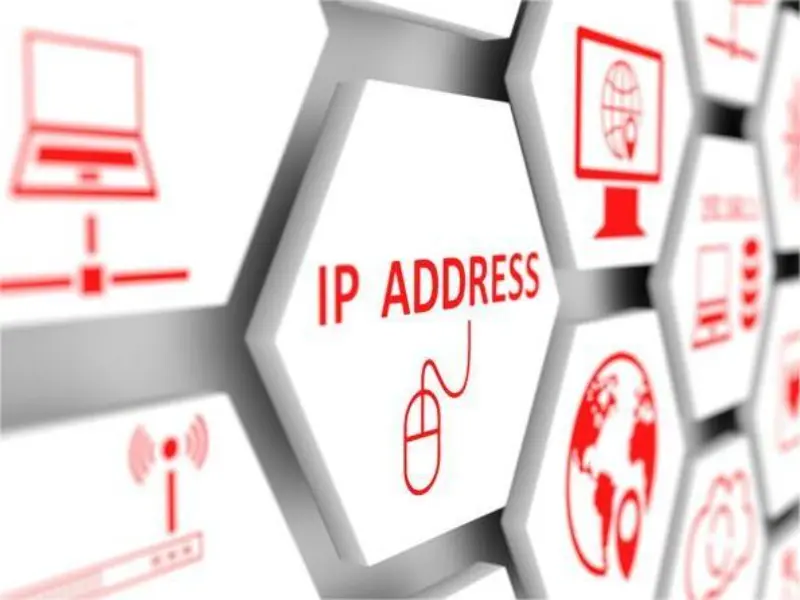- An IP address is a unique numerical label assigned to each device connected to a computer network that uses the Internet Protocol for communication. It serves as a fundamental identifier, enabling devices to communicate and exchange data across the internet.
- Static IP addresses are manually configured and remain constant, while dynamic IP addresses are automatically assigned by a server and can change over time.
IP addresses play a crucial role in our daily lives, often without us realising it. Whether we’re browsing the web, sending emails, streaming videos, or using social media, IP addresses enable communication and data exchange between these devices and the services we access online. Therefore, knowing about IP and the difference between static IP and dynamic IP could help us better understand the Internet world.
IP address
On the Internet, there are millions of hosts. To distinguish these hosts, each one is assigned a unique address called an IP address, which serves as a format to identify computers or users on the Internet. When hosts or servers connect to the Internet using the TCP/IP protocol, they are assigned IP addresses, which help determine access to every computer on the Internet. Through IP addresses, access to each host can be achieved.
An IP address consists of four sets of numbers, each set corresponding to 8 bits of binary digits, separated by periods. Internet IP address planning and management are unified by NIC (Network Information Centre), which is responsible for global address planning and management; meanwhile, Inter NIC, APNIC, and RIPE, three major network information centres, are specifically responsible for IP address allocation in the United States and other regions.
Also read: Interview with Lu Heng: The man who wants to decentralise IP addresses and save the internet
Static IP and dynamic IP
A static IP address is a range of IP addresses that can directly access the internet. When the Internet Service Provider (ISP) installs the equipment, they allocate an IP address to you. This allows your computer to avoid automatically acquiring network addresses when connecting to the internet, thus eliminating connectivity issues. Without using a router, you simply connect your computer to the internet using the provided cable and manually set the IP address on your computer to enable internet access.
Static IP addresses remain unchanged and are primarily used for website applications or services on the internet. Some gamers and users of Voice over Internet Protocol (VOIP) services also prefer static IP addresses because they facilitate communication.
A dynamic IP address (Dynamic IP) refers to a method of IP address allocation where addresses are assigned only when needed. Dynamic IP addresses and static IP addresses are counterparts. Dynamic means that each time you connect to the internet, the telecommunications company randomly assigns an IP address, while static means that a fixed IP address is assigned, and the same address is used each time.
Due to the scarcity of IP address resources, the majority of users use dynamic IP addresses when accessing the internet. For example, computers accessing the internet via Modem, ISDN, ADSL, cable broadband, or community broadband are all assigned a temporary IP address each time they connect to the internet.
Also read: What is LACNIC? Cybersecurity, IP address registration and demand in Latin America and the Caribbean
The difference between static IP and dynamic IP
Based on the previous text, the main difference between a static IP address and a dynamic IP address lies in how they are assigned and whether they change over time:
A static IP address is manually configured for a device and remains constant and it doesn’t change unless it’s manually reconfigured. A static IP address is typically used for servers, printers, or devices that need a consistent address for remote access or hosting services.
A dynamic IP address is automatically assigned by a DHCP (Dynamic Host Configuration Protocol) server and it can change over time, often whenever the device reconnects to the network. A dynamic IP address is commonly used for devices that don’t require a fixed address and can be assigned different addresses each time they connect to the network, such as smartphones, laptops, or home routers.

